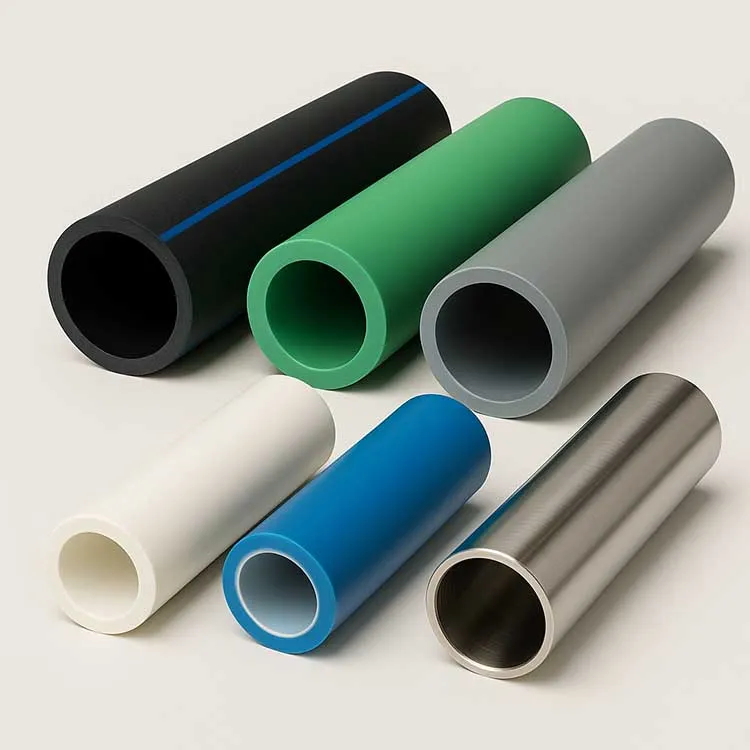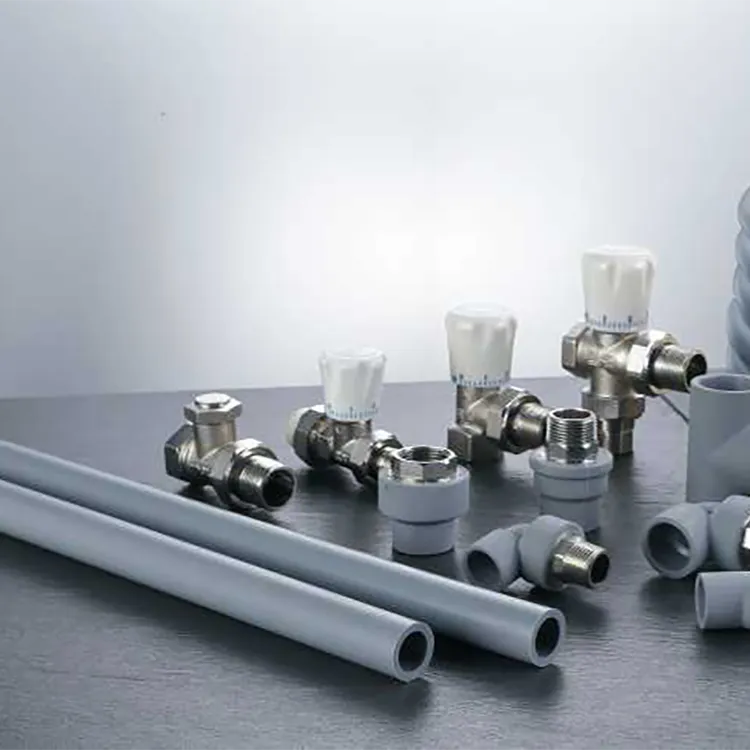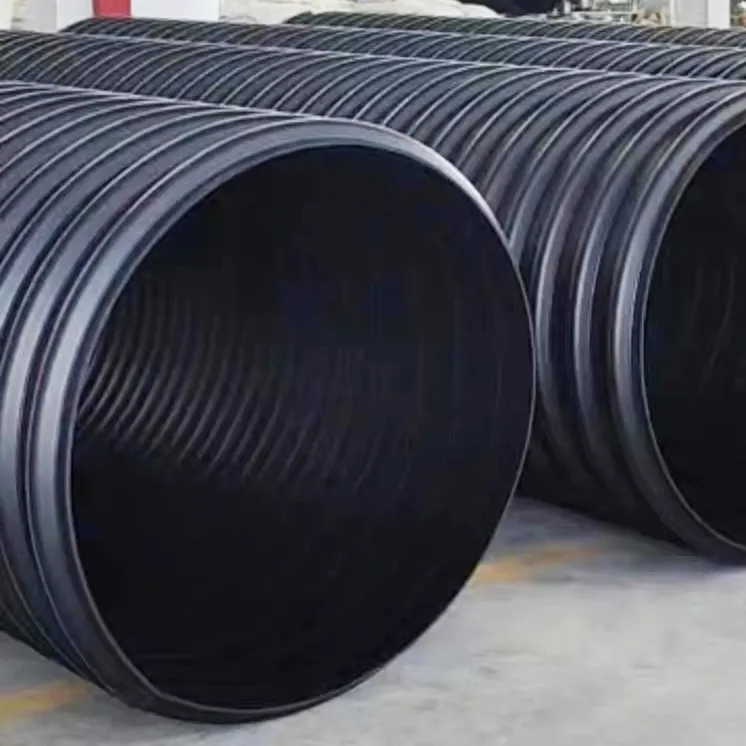The most direct difference between PE, PE-X and PERT is that PE-X can withstand a high temperature of about 60°, and PE-RT can withstand a high temperature of about 90°. PE pipe can not withstand high temperatures.
PE (Polyethylene Pipe)

Uses: HDPE and MDPE pipes are widely used as city gas pipelines and urban water supply pipelines in foreign countries. At present, domestic HDPE pipes and MDPE pipes are mainly used as urban gas pipelines, a small amount is used as urban water supply pipelines, and LDPE pipes are used as agricultural drainage and irrigation pipelines in large quantities.
Classification: According to its density, it is divided into high density polyethylene pipe (HDPE), medium density polyethylene pipe (MDPE) and low density polyethylene pipe (LDPE).
Features: HDPE tube has high strength and stiffness; In addition to the compressive strength of HDPE pipe, MDPE pipe also has good flexibility and creep resistance; The flexibility, elongation and impact resistance of LDPE pipe are better, especially the chemical stability resistance and high frequency insulation resistance are good.
Connection: electric heat welding, hot melt butt connection, flange, threaded wire buckle, etc.
PE-X (cross-linked polyethylene tube)
Uses: Mainly used for indoor hot and cold water supply and ground radiant heating. Cross-linked polyethylene pipe PEX pipe generally has three kinds of a, b, c. PE-Xa pipe is used in hot and cold water pipelines, oil pipelines, fuel tanks, chemical pipelines, etc.; PE-Xb pipe for floor heating pipe (toxic faded out of the market); PE-Xc pipe is currently the most environmentally friendly floor heating pipe.
Advantages: good temperature resistance, good creep resistance, good memory line, easy to correct.
Disadvantages: Can only be connected with metal parts, can not be recycled and reused.
Connection: special metal connector of the card sleeve, clamp connection and silk buckle connection.
PE-RT (Heat Resistant Polyethylene Tube)

Uses: Indoor cold and hot water pipes, especially hot water systems. Ideal for radiant heating applications.
Advantages: excellent temperature resistance, the use of -70 °C ~ 90 °C; Excellent thermal insulation performance, low thermal conductivity; Long service life, can be safely used for more than 50 years; Chemical corrosion resistance; Good recovery of shape memory performance; Vibration resistance, shock resistance; Excellent hydraulic properties.
Disadvantages: can not be recycled; The overhead span of the pipeline is small, and the installation of supports is large; Due to the influence of complex situations such as cross-operation during the construction process, PE-RT pipes are easily punctured, and the reserved pipe ends are squashed, resulting in multiple rework and rework.
Connection mode: hot melt connectors, electric fuses and mechanical connections.



981.webp)

 (1)379.webp)

294.webp)
476.webp)
420.webp)
146.webp)
460.webp)
287.webp)
274.webp)
688.webp)


